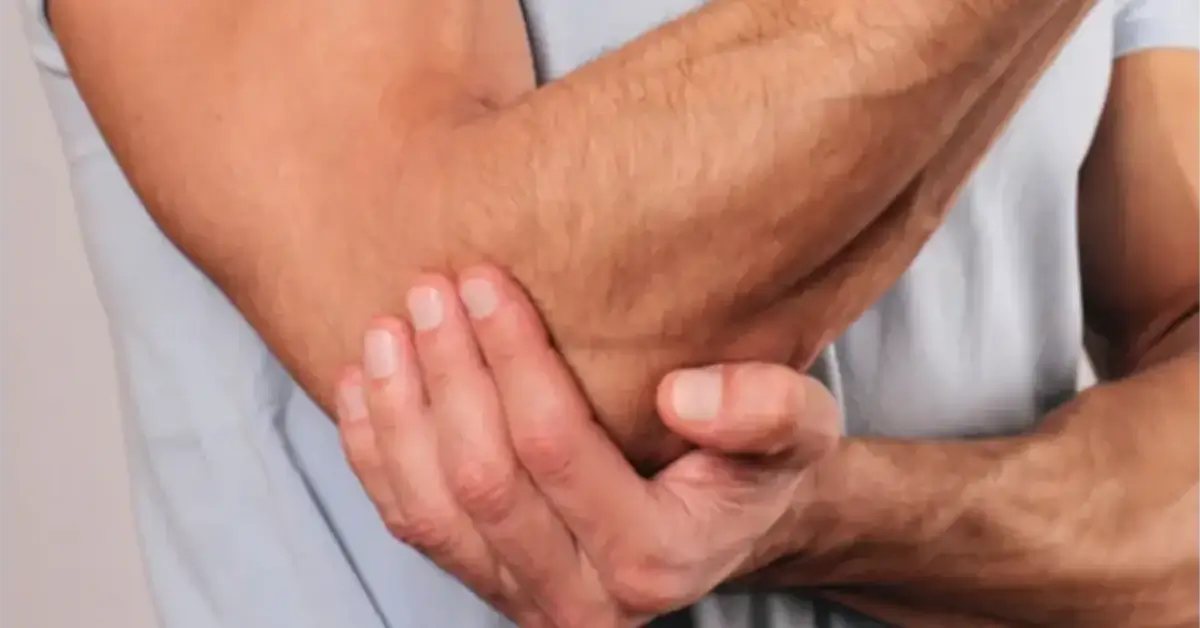On Memorial Day weekend, Darren McFadden, the running back for the Dallas Cowboys, had an accidental fall, slipping on cement near a swimming pool and breaking a bone in his elbow. McFadden underwent surgery the day after his mishap, and while his rehabilitation is going well, there is still doubt about his readiness to play in the Cowboys’ season opener on September 11 against the New York Giants.
 This type of fall was particularly unfortunate given his profession—unfortunate, but not uncommon. In fact, the Centers for Disease Control and Prevention (CDC) reports that one out of every five falls causes a serious injury, such as a broken bone. That’s why it’s important to know signs, symptoms and next steps…
This type of fall was particularly unfortunate given his profession—unfortunate, but not uncommon. In fact, the Centers for Disease Control and Prevention (CDC) reports that one out of every five falls causes a serious injury, such as a broken bone. That’s why it’s important to know signs, symptoms and next steps…
Diagnosis and Symptoms of a Fractured Elbow
Signs of an elbow fracture are fairly clear. With a break, a person may feel a pop or snap. A deformity may be evident, which indicates a dislocated elbow joint. Symptoms may include pain, swelling, bruising, numbness in the finger(s) and difficulty moving the arm.
The types of elbow fractures are:
- Displaced, in which the broken bone results in two ends being separated
- Comminuted, in which the bone has broken or cracked into multiple pieces
- Non-displaced, in which the bone remains in place despite a break or crack
- Open, in which the broken bone pierces the skin
Evaluation of an elbow fracture includes a doctor review of the accident or incident, as well as a physical exam. Lab tests or imaging generally are not needed for a fracture, unless there is a question or concern that an artery has been severed.
Treatment for a Fractured Elbow
Nonsurgical options such as a splint or sling to secure the elbow during the healing process are available for some fractures. X-rays are performed during the healing process to determine progress.
Surgery is indicated when the fracture is displaced (particularly to put together the pieces so that the elbow can be straightened) or open (to clean the wound and repair the bone in an effort to avoid infection).
Recovering From a Fractured Elbow
Physical therapy may be part of rehabilitation since the immobilized elbow can become very stiff and requires time and exercise to regain motion.
In Darren McFadden’s case, he suffered a non-displaced fracture at the radial neck of his right elbow. Although he recently underwent a bone scan (an imaging test that reveals the progress of bone metabolism) showing a positive result, it is important to be conservative with a fracture recovery such as his. A broken elbow can damage not only the bones but also the other parts of the elbow. This can potentially cause movement problems and impact the function of the nerves or blood vessels. For children who are growing, this type of injury can affect bone growth and development. Tread lightly with recovery and give the body a chance to heal.
Suspected bone fractures should be seen by a medical professional. At the Center for Musculoskeletal Disorders, we evaluate and treat broken bones, as well as all major hand conditions, whether caused by a work-related accident, vehicle or sports injury.

